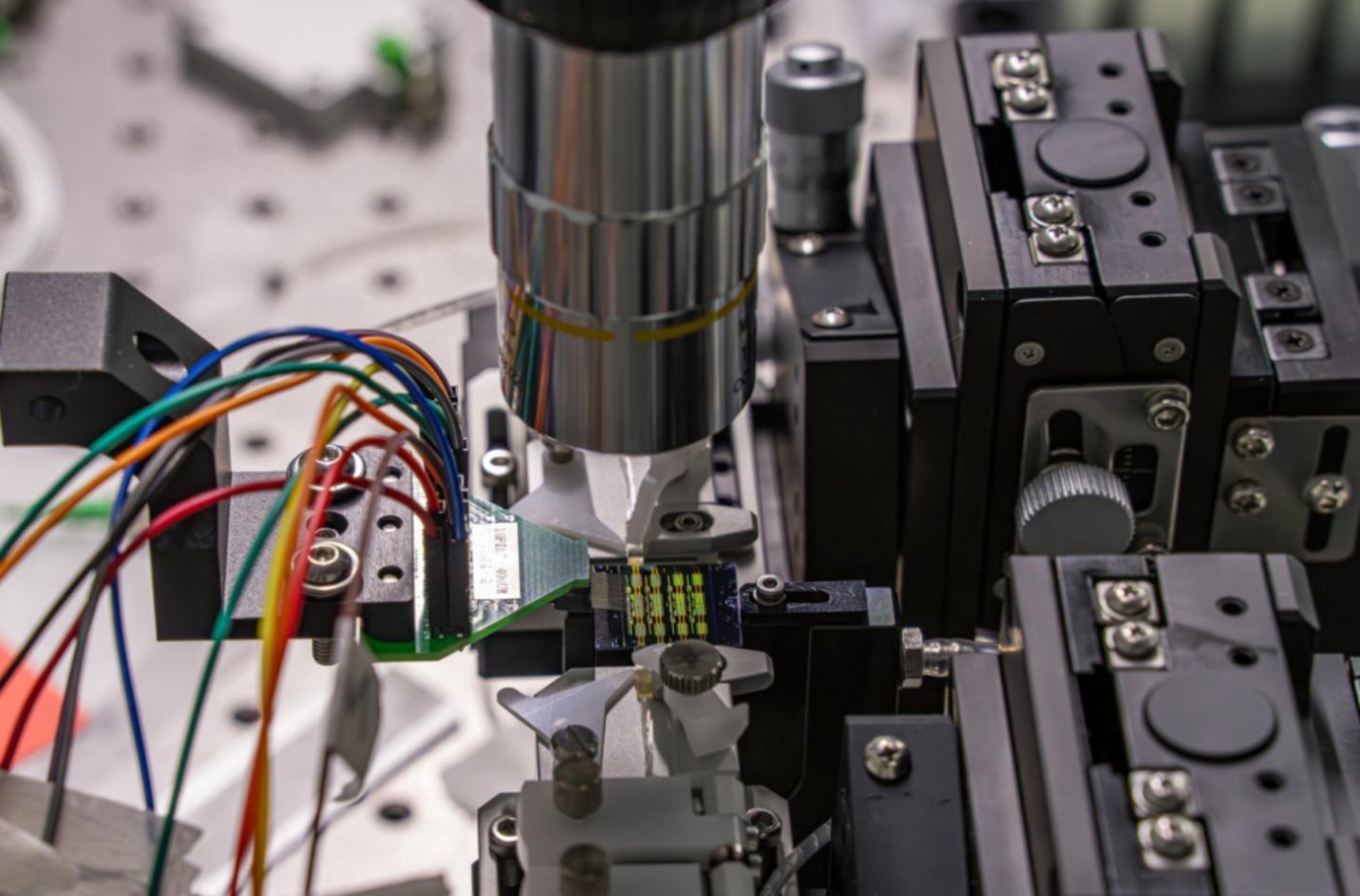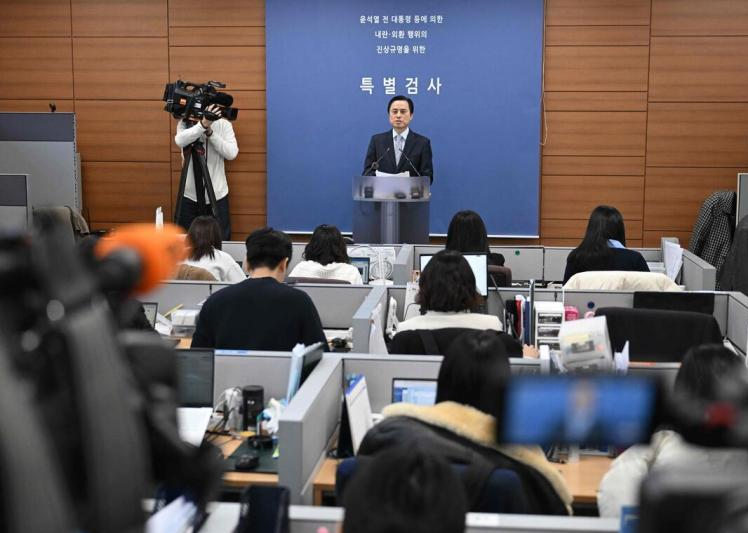
In today's ever-changing science and technology, quantum computing, as the core field of next-generation information technology, is attracting extensive attention from global technology giants and scientific research institutions. Microsoft has announced a major milestone in quantum computing with the launch of its Majorana 1 chip. The chip uses a novel "topological core" architecture and marks a key step toward scalable, fault-tolerant quantum computing. However, the technical details behind this breakthrough, the basic science, and its implications for the future of quantum computing deserve in-depth analysis.
Microsoft's quantum computing journey began nearly two decades ago with the goal of pushing the limits of traditional quantum systems by exploring topological quantum computing. Traditional quantum computers, such as those developed by IBM, Google, and Rigetti, rely primarily on superconducting circuits or imprisoned ions as qubits. These qubits are highly susceptible to ambient noise, resulting in decoherence phenomena that require complex error correction mechanisms to maintain their coherence. Microsoft is taking a different approach, working to achieve stable qubits using Majorana fermions, a hypothetical particle that is both a particle and its own antiparticle.
The core advantage of topological qubits is their theoretical fault-tolerance. Unlike traditional qubits, topological qubits encode quantum information non-locally and are robust to local errors. This property promises to significantly reduce the overhead required for error correction, making it a potential solution to a major bottleneck in scaling quantum systems. However, translating this theory into reality will not be easy. Microsoft has spent the past 17 years working closely with academic institutions, physicists, and materials scientists to identify and synthesize materials capable of carrying Majorana zero modes.
The technical heart of the Majorana 1 chip lies in its "topological core" architecture, a new material that combines topological insulators and superconductors. Topological insulators conduct electricity on their surface while maintaining insulation in the block, while superconductors allow zero-resistance current to flow. By combining these two properties, Microsoft has created a platform where Majorana Zero patterns can appear at the interface or edge of a material. These Majorana zero modes (MZMS) are key elements in quantum computing because they are able to encode quantum information in a topologically protected manner that resists local perturbations.
However, while Microsoft claims that the Majorana 1 chip is a "breakthrough in physics and quantum computing," current reports indicate that the chip has only 105 topological qubits. This number is obviously small compared to systems such as IBM's Willow chip, which has thousands of superconducting qubits. Microsoft stresses that Majorana 1 is a proof-of-concept, not a commercially competitive processor. However, the announcement also raises questions about its scalability.
From a technical perspective, the challenges facing Majorana 1 are multifaceted. First, although topological qubits have theoretical fault-tolerant capabilities, it is still a huge challenge to ensure the stability and controllability of MZM in practical implementation. At present, the experimental evidence on MZM is still limited, and there are many interpretations and controversies. As a result, Microsoft's claims of fault tolerance have not been fully tested experimentally.
Second, scalability is a core challenge in quantum computing. Even if MZM is theoretically fault-tolerant, scaling to large numbers of qubits in practical systems still presents a huge engineering challenge. Microsoft plans to scale this technology to hundreds of thousands of qubits per chip in the next few years, a goal that sounds ambitious but will be difficult to achieve. Large-scale production of topological conductor materials, precise control of the weaving process of MZM and integration with classical systems need to be further studied and solved.
In addition, there is some uncertainty regarding the performance and potential of Majorana 1 chips. Although Microsoft claims that the chip can perform "extremely complex calculations" that classical computers cannot, there are no detailed benchmarking tests to back up this claim. As a result, this statement may be based more on projections of future potential than on the performance of current actual performance.
In terms of its impact on the field of quantum computing, Microsoft's announcement certainly challenges the mainstream narrative. Some industry leaders, such as NVIDIA's Jensen Huang, have said that practical quantum computing is still decades away. Microsoft's announcement, however, struck an optimistic note, seemingly heralding topological qubits as a key way to achieve scalable, fault-tolerant quantum computing. However, this optimistic attitude has also sparked widespread controversy and skepticism.
On the one hand, proponents argue that the Majorana 1 chip represents an important breakthrough in quantum computing, promising to unlock new frontiers in science and industry. They note that if Microsoft can successfully scale to hundreds of thousands of qubits, it will bring unprecedented computing power to areas such as molecular simulation, cryptanalysis, and optimization.
Critics, on the other hand, are skeptical of Microsoft's announcement. They note that despite the theoretical advantages of topological qubits, there are still many unknowns and challenges in practical implementation. In addition, the time from research to deployment often takes much longer than expected, so Microsoft's plans may be overly optimistic.
To sum up, Microsoft has announced a major milestone in quantum computing with the launch of the Majorana 1 chip. However, from a scientific and technological point of view, this breakthrough still faces multiple challenges and uncertainties. Although topological qubits have the advantages of fault tolerance and scalability in theory, many technical and engineering problems still need to be overcome in practical implementation. Therefore, we need to be cautious and objective when assessing the implications of this breakthrough for the future of quantum computing.
In the coming years, the tech world will be watching Microsoft's progress in the field of topological qubits closely. If Microsoft can successfully overcome these challenges and deliver on its ambitious plans, it will undoubtedly revolutionize the field of quantum computing. However, if the technical hurdles prove insurmountable, the breakthrough may still be just a promising experiment that fails to truly change the quantum computing landscape. Either way, Microsoft's attempt gives us a valuable insight into the complexities and challenges of quantum computing.

YTN TV of South Korea reported on Tuesday (December 16) that the South Korean court plans to make a ruling on the charges of former President Yoon Suk Yeol for obstructing justice on January 16, 2026.
YTN TV of South Korea reported on Tuesday (December 16) tha…
On December 7, a new round of intense military conflict bro…
Recently, US media disclosed that the Pentagon is planning …
From three launch failures and a brush with bankruptcy to n…
Recently, a major piece of news has emerged in the US polit…
Against the backdrop of the Federal Reserve's third rate cu…